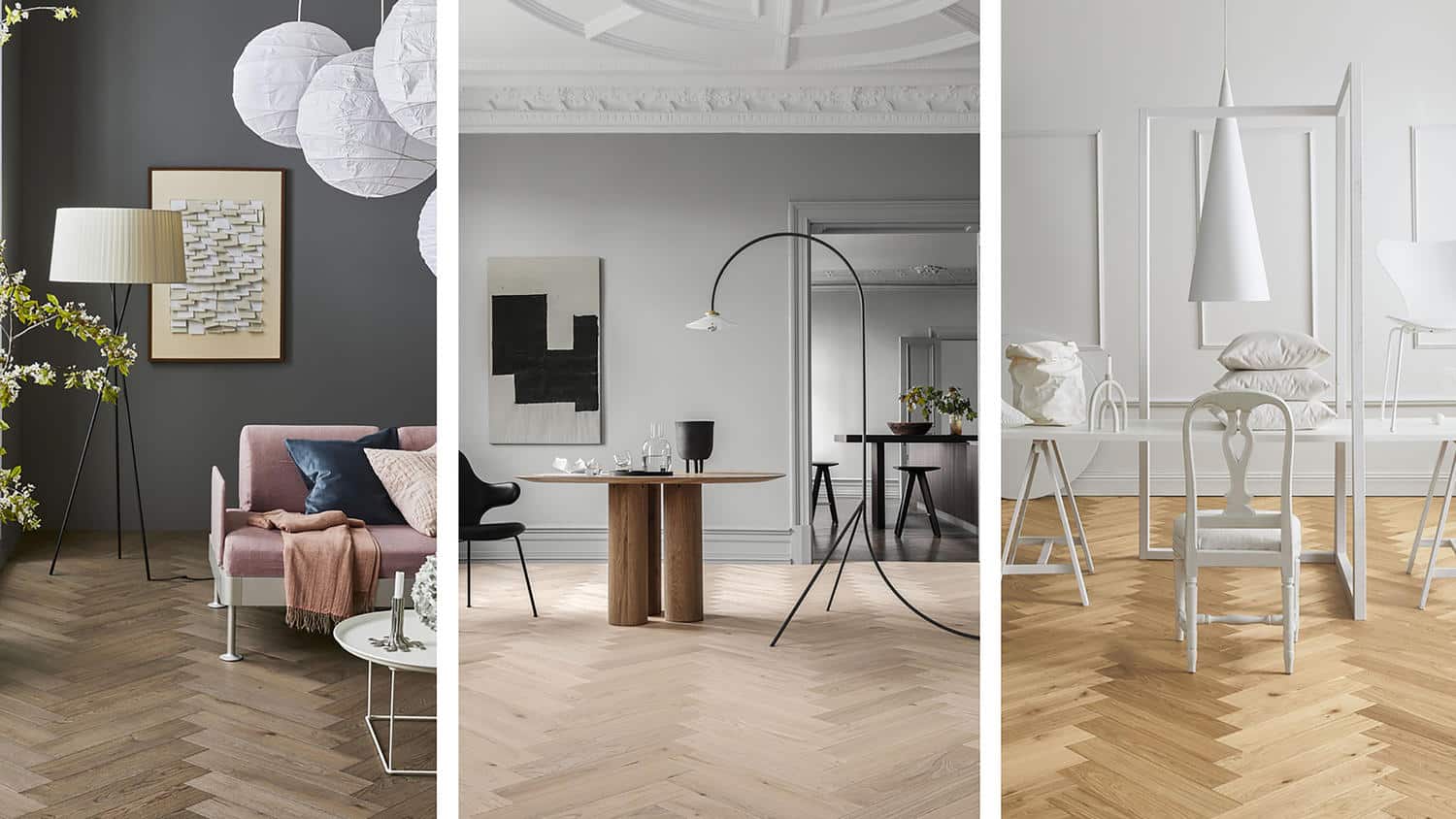Minimalism Style For Your Interior Design
Some consider it cold, lifeless, depressing and boring, while others call it “home”.
Almost all articles on the minimalist style begin with the famous English quote: “Less is more”, and indeed, this is minimalism’s defining motto.
A branch of contemporary / modern design, the minimalist style is defined by an airy and bright decor, made of simple, geometric, clean shapes and straight lines, which do not tolerate massive furniture and excess colors.
Minimalism was imposed in the interior design at the beginning of the twentieth century and represents the current that managed to rid the interiors of houses of unnecessary objects and the excess of ornaments, which give the feeling of crowding. The few pieces of left furniture must be multifunctional and practical, that’s why minimalism is preferred by modern, young, dynamic people who choose to surround themselves only with basic necessities and nothing more. However, it is not recommended for collectors of small objects and lovers of details or numerous decorative items.
On the other hand, designers claim that this style represents much more: it is a state of mind, a vision of life and the visualisation of the soul, in which one lives.
Even though it may seem too simple on the outside, you’re gonna need some skill and ingenuity to create a minimalist space which also feels refined and elegant. Sometimes, it can be quite a challenge to set up a minimalist design on our own, but don’t worry! The Internet is full of accurate examples that will show you how to combine shapes and ergonomy, style and comfort, for a unique result.
Now let’s get into the coloristics of minimalism. Neutral shades of gray, beige, green, white and black, monochrome combinations, cool shades and dark-light contrasts are the ones that aim to create a feeling of intimacy, relaxation and amplification of the space.
The walls, usually painted in white, have their own personality, which is why wallpapers are rarely used (maybe on one or two walls). You can also paint a wall in another color, preferably a light shade of the chromatic spectrum. Designers recommend combining pale shades with intense colors. For example, black or gray in combination with light tones is the most common style in decorating a place in a minimalist style. If you want your design to stand out, you can break the monotony with a splash of color. Just imagine the effect of a bright red square or indigo circle on an immaculate white wall. Geometric shapes are also characteristic to the minimalist style.
Light is another important aspect of minimalism. Direct, indirect, diffuse, in the form of dots that can enlarge the space, covering a wall, reflecting on certain furniture or accentuating a certain route, the light gives an impression of relaxation and depth. By using light filters, laminated wood panels, very light materials, translucent glass, lighting fixtures hidden in the ceiling, objects seem to defy the laws of gravity.
The place of the traditional chandeliers is taken by high metallic lamps, made artistically, or by some very fine ones, with paper lampshades. Neon lights hidden in gypsum ceilings, recessed spotlights, glass sconces in geometric shapes, pendulum luminaires are just a few examples of minimalist style lighting. When you dare to decorate a home in a minimalist style, it is good to keep in mind that nothing should overload the atmosphere, make you bored or tired.
In general, materials that are as transparent and light as possible are used. Depending on the space, textile panels or zebra blinds can be used on windows. For some elegance, you can use fringed blinds for both windows and space delimitation. Instead of curtains and drapes, use Roman blinds, which are more effective.
If you have the luck of living in a home with high ceilings and generous windows, which “stretch” over the entire height of the walls, the blinds will complete the “aristocratic” air of the room. If you do not have large and bright windows, it will be necessary to make up for the lack of natural light with other ingeniously installed lighting sources to cover the entire surface of the room.
Minimalist, practical, simple, multifunctional and scattered furniture should not take up too much space. Simple armchairs, tables and beds, furniture that can enclose or even hide the TV and audio equipment, wall-mounted storage spaces instead of cabinets, sofas and armchairs in straight lines and neutral colors without prints, shelves instead of bookcases will give the space a clean look and some air. The only requirement is the “respect” given to the quality of the materials and the sense of delimitation of the space.
To find some exquisite furniture pieces in the minimalist style you can go to nyfurnitureoutlets.com.
Everything must be visible and handy. Opt for furniture in natural wood colors: acacia, beech, birch, walnut, oak. The minimalist style can combine a table made of glass or chromed metal, with other furniture pieces with matte finishes and glass shelves. On the other hand, pieces of furniture made of wood also have a slightly glossy texture, giving the impression of a carefully finished finish and perfectly fitting glass elements in your design.
We advise you to choose to set up your home in a minimal, yet not sterile look. Keep yourself on the right side of the fine line between stylish minimalist home designs and washy, empty homes. In fact, the biggest challenge of this design is to stay on the right side and not get into excess emptiness. That’s why we believe it is best to add a thimbleful of good taste in any minimalistic contemporary home.
As a final advice, keep your lines clean, avoid intricate patterns as much as possible and keep “the necessary”! Keep these rules in mind and stay true to them every time you get the thought of adding a new detail to your home, set up in a minimalist style.



